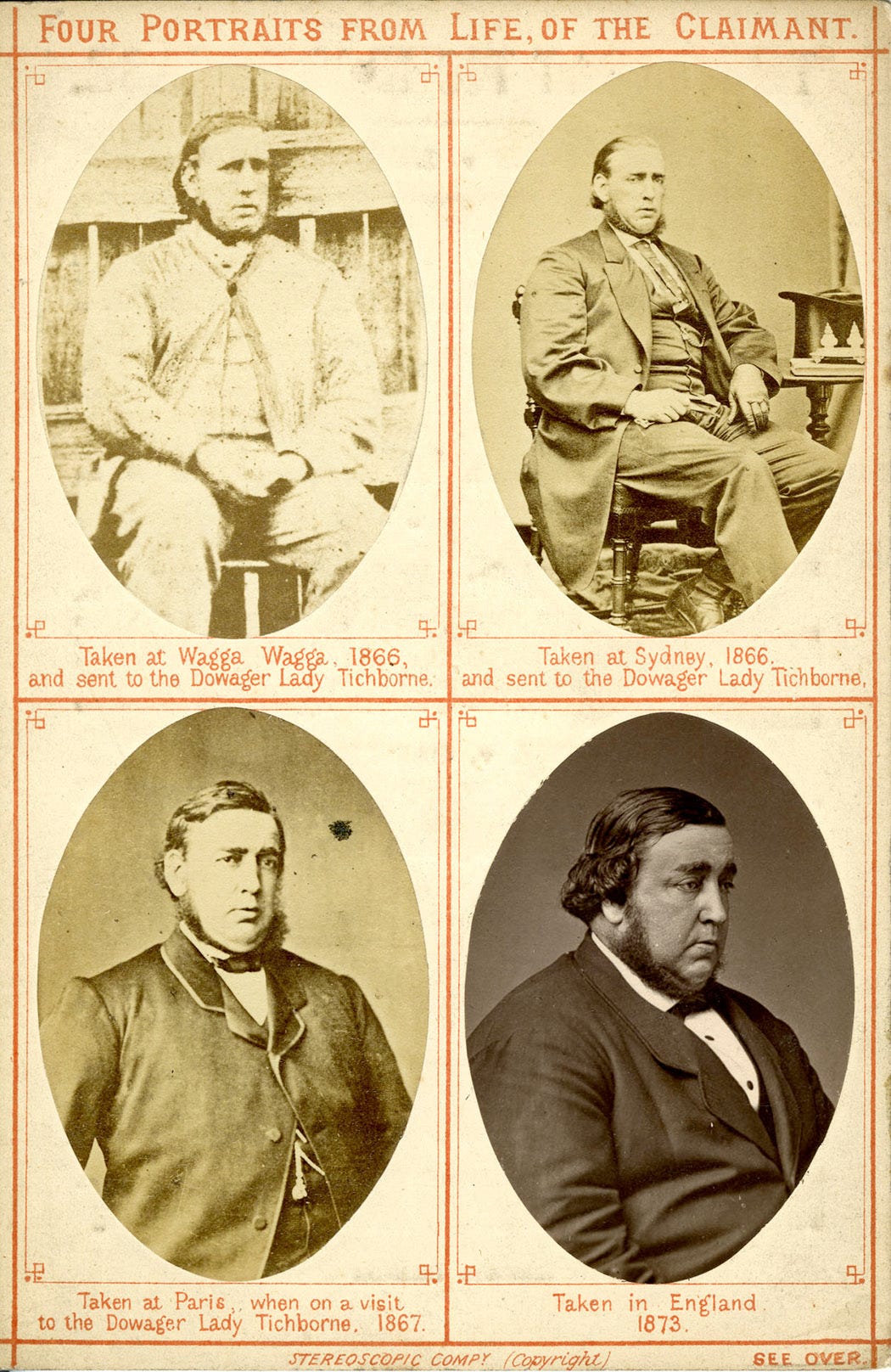Welcome to Thursday Things! If you enjoy this edition, please click the heart icon in the header or at the end of the post to let me know. You can post a comment by clicking the dialog bubble.
This picture is making me hungry. Photo by Alexandra Tran on Unsplash
Breakfast of Champions. Back mumble mumble years ago I used to frequent the original Flying Biscuit Café for breakfast, before they went corporate and sold out to the man. One breakfast special on the board back then was a cigarette and a cup of coffee. I’m not a smoker, so I never ordered that. But I was reminded of it when I saw this headline:
Coffee and Cigarettes: Research Sheds New Light on Nicotine and Morning Brew
For some smokers, the first cigarette of the day is just not as satisfying without a cup of coffee. That could be more than just a morning habit: Chemical compounds in roasted coffee beans may help lighten the effects of morning nicotine cravings, University of Florida researchers have found.
In a cell-based study, the researchers identified two compounds in coffee that directly affect certain high-sensitivity nicotine receptors in the brain. In smokers, these brain receptors can be hypersensitive after a night of nicotine withdrawal.
Some people crave caffeine, some crave nicotine, some crave both. Asking why is seems like a worthwhile research topic.
An organic chemical compound in coffee may help restore the nicotine receptor dysfunction that leads to nicotine cravings in smokers, the researchers concluded.
The findings have led Papke to a broader hypothesis: One of the compounds in brewed coffee, known as n-MP, may help to quell morning nicotine cravings.
And it turns out coffee may help blunt those nicotine cravings. Because coffee is magic. But I doubt that coffee and cigarette breakfast special is still available these days.
Or maybe go with the blueberry muffin. Photo by Muhammad Thoha Ma'ruf on Unsplash
Instant furniture! I’ve never shopped at IKEA specifically, but I have assembled my share of flat pack bookshelves, desks, and other furniture items. It is not fun. Wouldn’t the out of the box be so much better — and weirder! — if your new furniture would assemble itself?
Thanks to scientists in Israel, that may be coming soon:
The end of IKEA instructions? Scientists develop new method for 3D-printing flat-pack furniture that self-assembles into complex shapes as it dries
Tables and chairs that self-assemble from 3D-printed wood could spell an end to the nightmare of trying to assemble flat-pack furniture.
Scientists in Israel have created a printable 'wood ink' that can be programmed to morph into complex shapes as it dries, like domes, helices and even Pringle shapes.
The experts have so far printed designs that are only a few inches long, but they aim to produce much larger objects, like chairs, tables and shelves.
In the future, large wooden products could be shipped flat to a destination and then dried by the customer to form the final shape at home.
There is a video at the link of this process in action, along with helpful sidebars on how the technology works. It seems promising.
But this process may be disturbingly similar to the dead spider necrobots we featured in the 11 August edition Thursday Things. I’d hate to think I’m getting a new instant coffee table and have it unfold into a coffee table-sized spider necrobot instead because of a mix up at the warehouse…
Imposter syndrome. For some reason we have a cultural fascination with imposters. The 2002 film Catch Me If You Can, about the reputed impostures of Frank Abagnale, was a hit, as was the fictional (or more overtly fictional) 1999 film The Talented Mr. Ripley, itself based on a popular series of novels published in the 1950s. More recently we have shows about fake heiress Anna Delvey scamming hotels and rich acquaintances out of millions of dollars. And, of course, the Tinder Swindler.
But this obsession with people who aren’t who they claim to be goes way, way back. I learned recently about the Tichborne Claimant, a gentleman who showed up and claimed to be the missing heir of a landed English family, believed to have been lost at sea. With a fortune on the line, the resulting legal cases riveted the British public in the mid-nineteenth century.
You can read about the case in this article from JSTOR: Body Double
Roger Tichborne, the heir to a landed English family, disappeared while on a sea voyage in 1854; most of his family presumed him dead. His French-English mother, who lived in Paris, did not. Believing him alive, she placed advertisements in newspapers, offering a reward for information about her son. In 1866, her prayers were answered: a robust fellow emerged from the Australian outback claiming to be the long-lost Roger. He no longer spoke the Queen’s English, exactly; and he remembered neither the French he had spoken to his mother, nor the Latin of his Catholic education. Still, she recognized him as her son—as did many family retainers and servants. More distant relatives did not, however, recognize him: how could this rough-speaking, very large man who had worked as a butcher be the delicate, aristocratic Roger? With a substantial estate at stake, they took legal action, which led to two of the longest trials in English history.
Read the article to learn the Tichborne Claimant’s fate. The true story reminds me of one of the more melodramatic story arcs on Downton Abbey — which it probably inspired.
Four portraits from life, of the claimant, 1873 via Wikimedia Commons
You will also find there links to other articles on famous imposters, along with the source article for this story: The Tichborne Cases: The Story of a Bold Imposter
I also learned that Bram Stoker — of Dracula fame — wrote a nonfiction book called Famous Imposters, which covered the Tichborne case and others. I’ve added it to my already overlong “to read” list!
Thank you for reading Thursday Things! Again, please click the hearts, leave a comment, and use the share feature to send this issue to a friend who might enjoy it. See you next Thursday!





